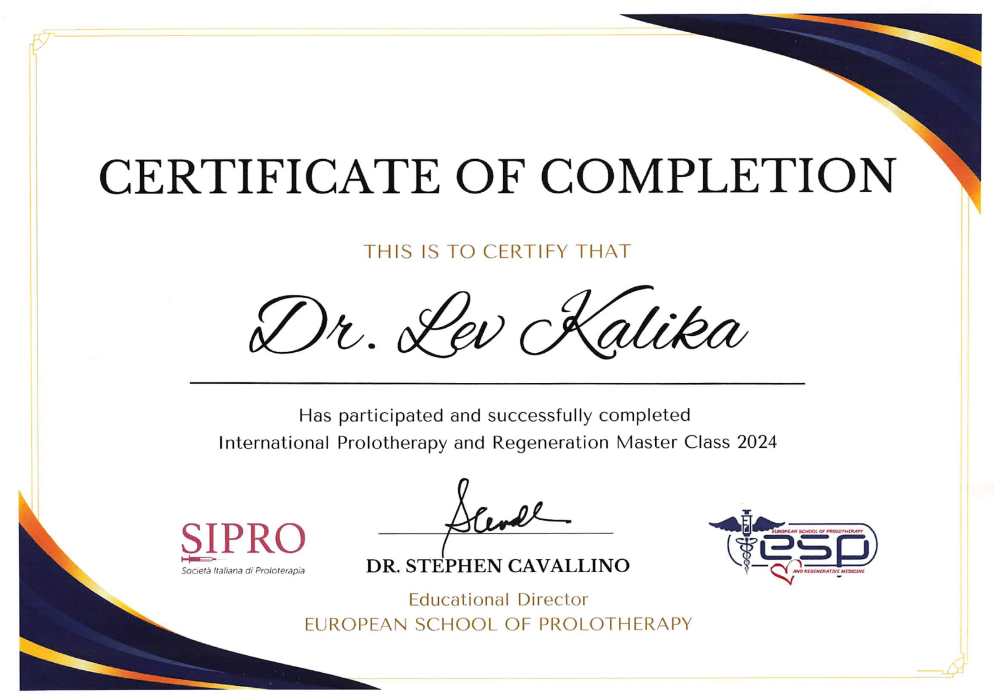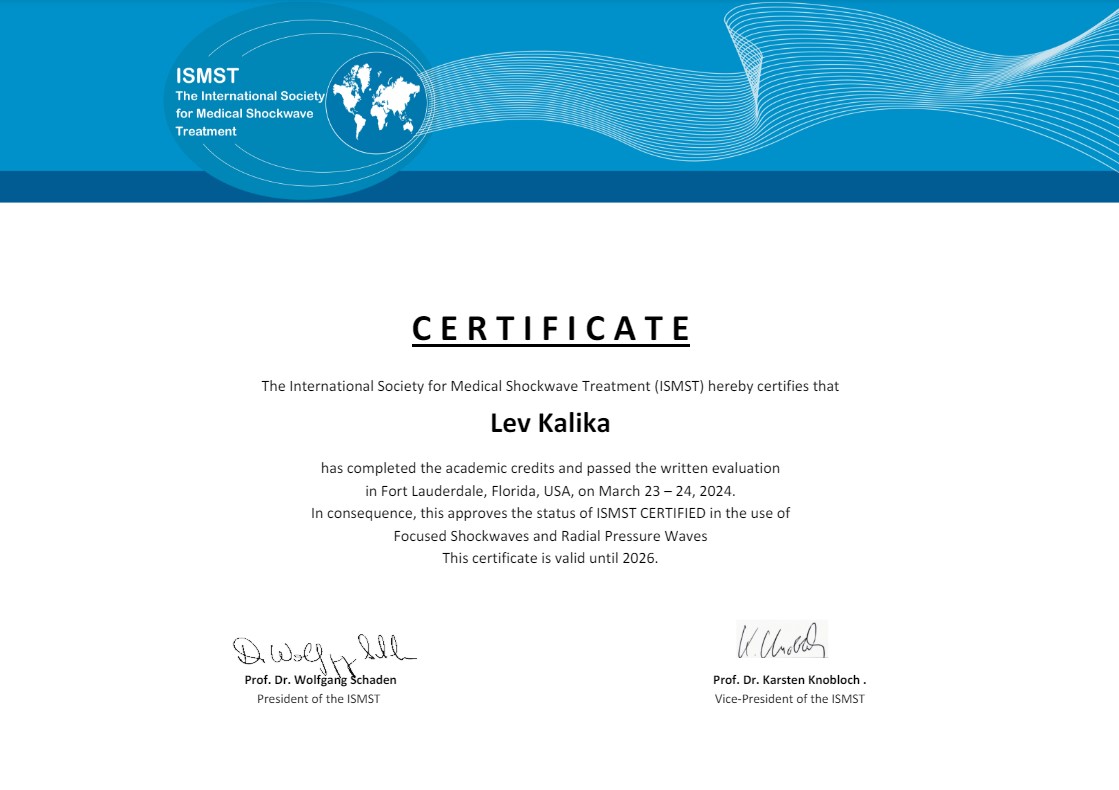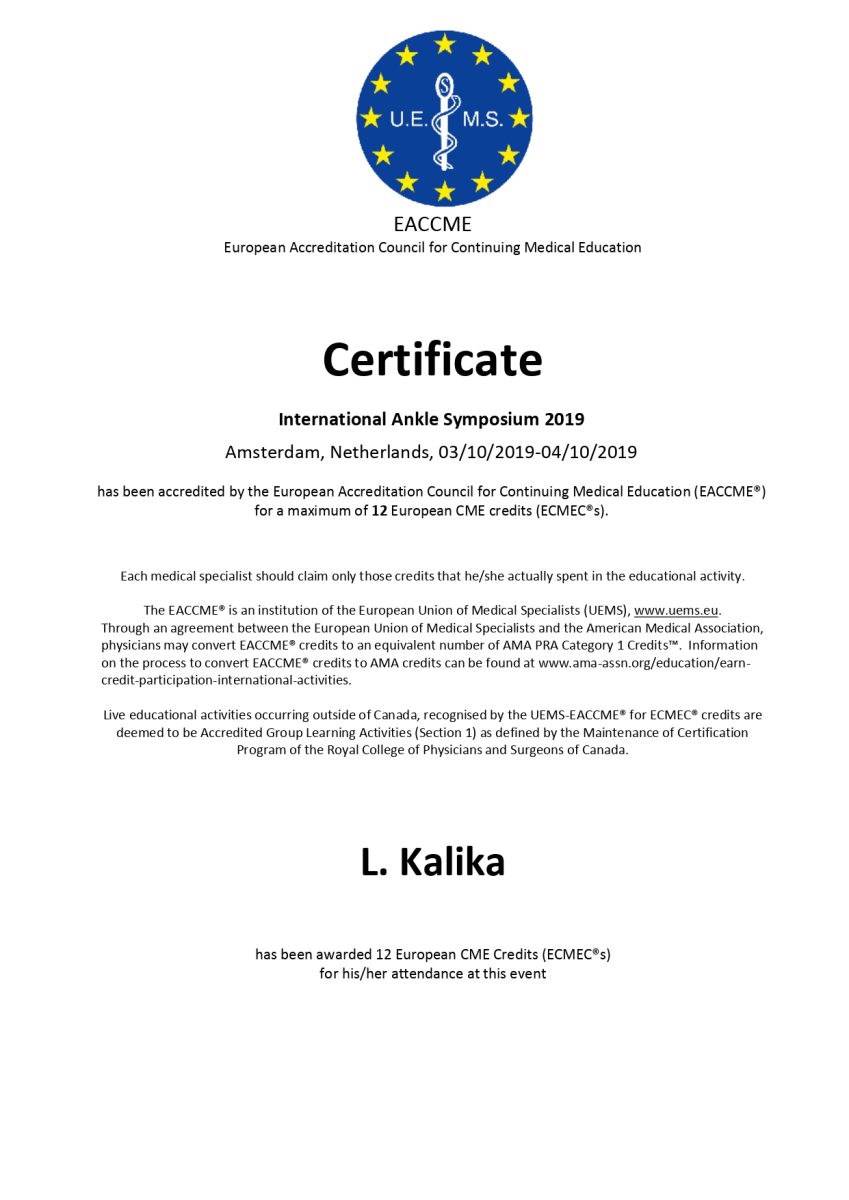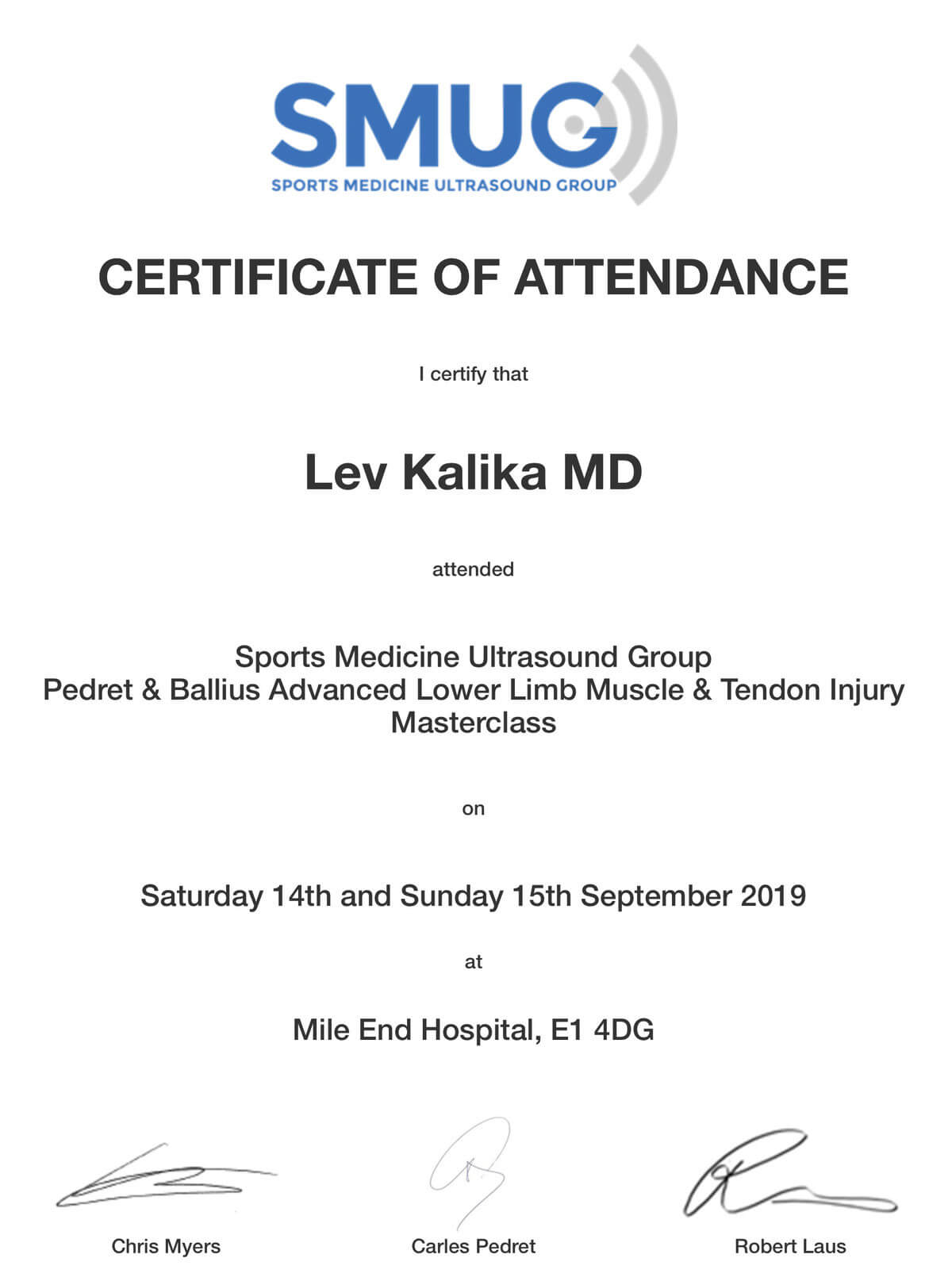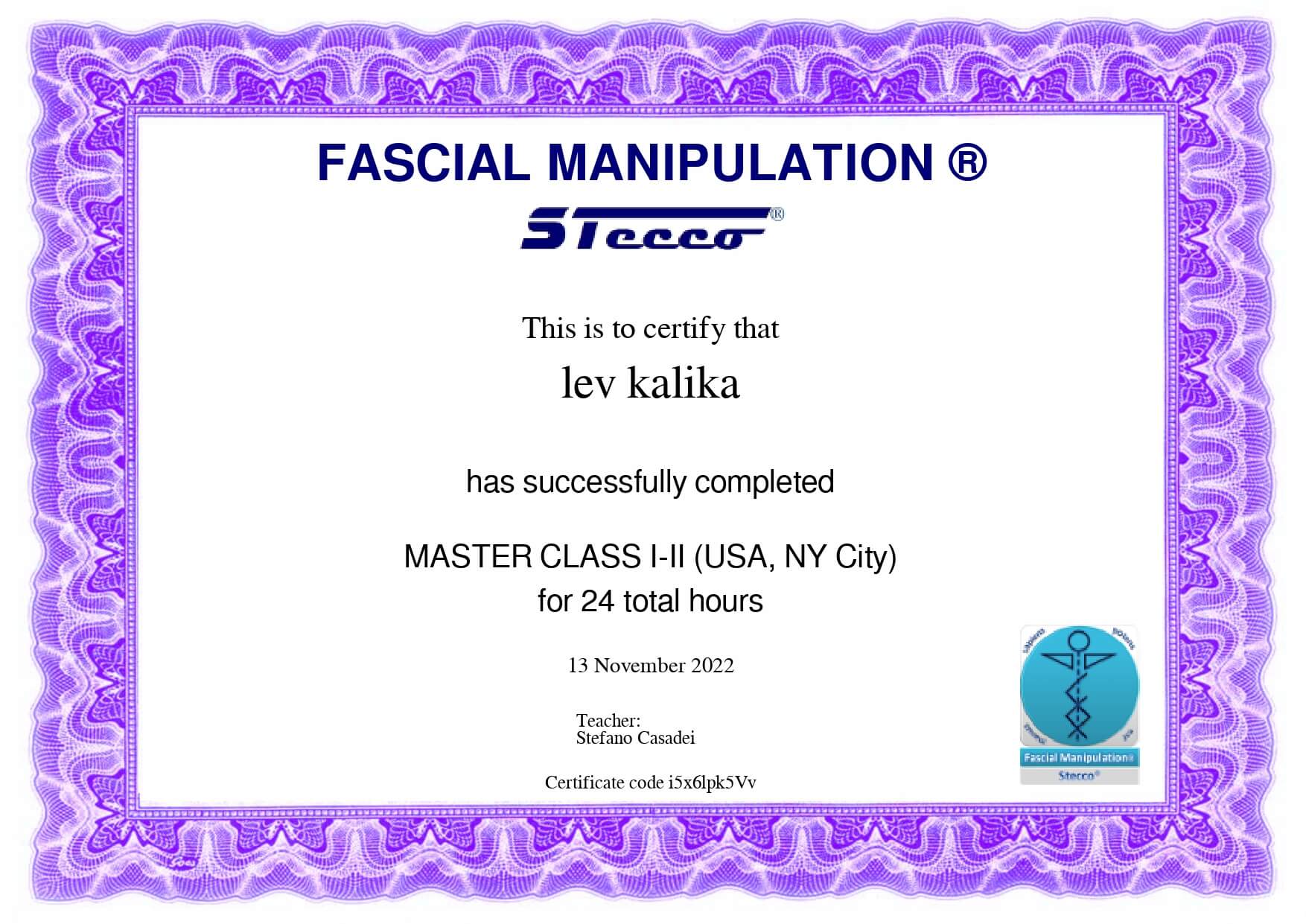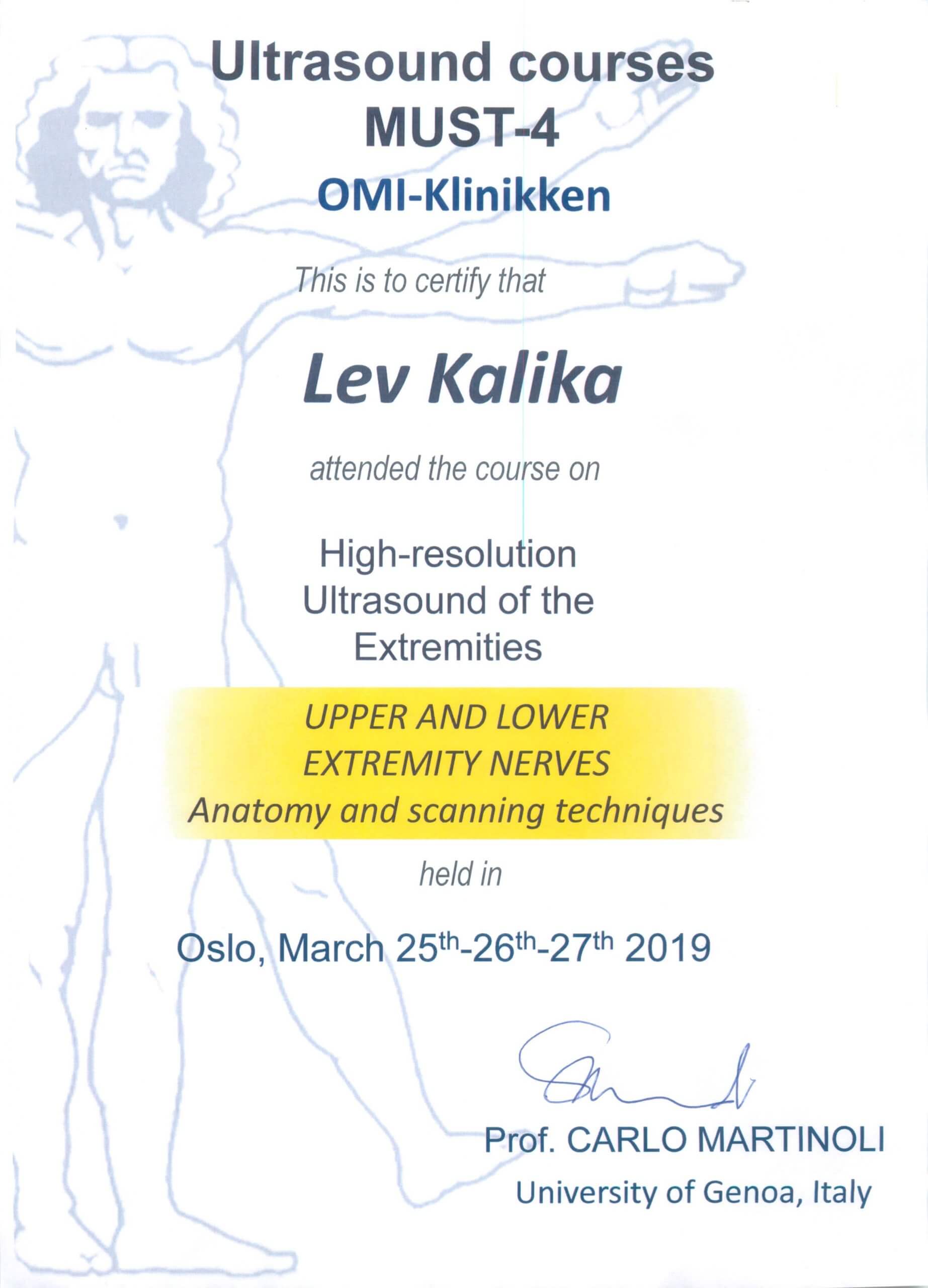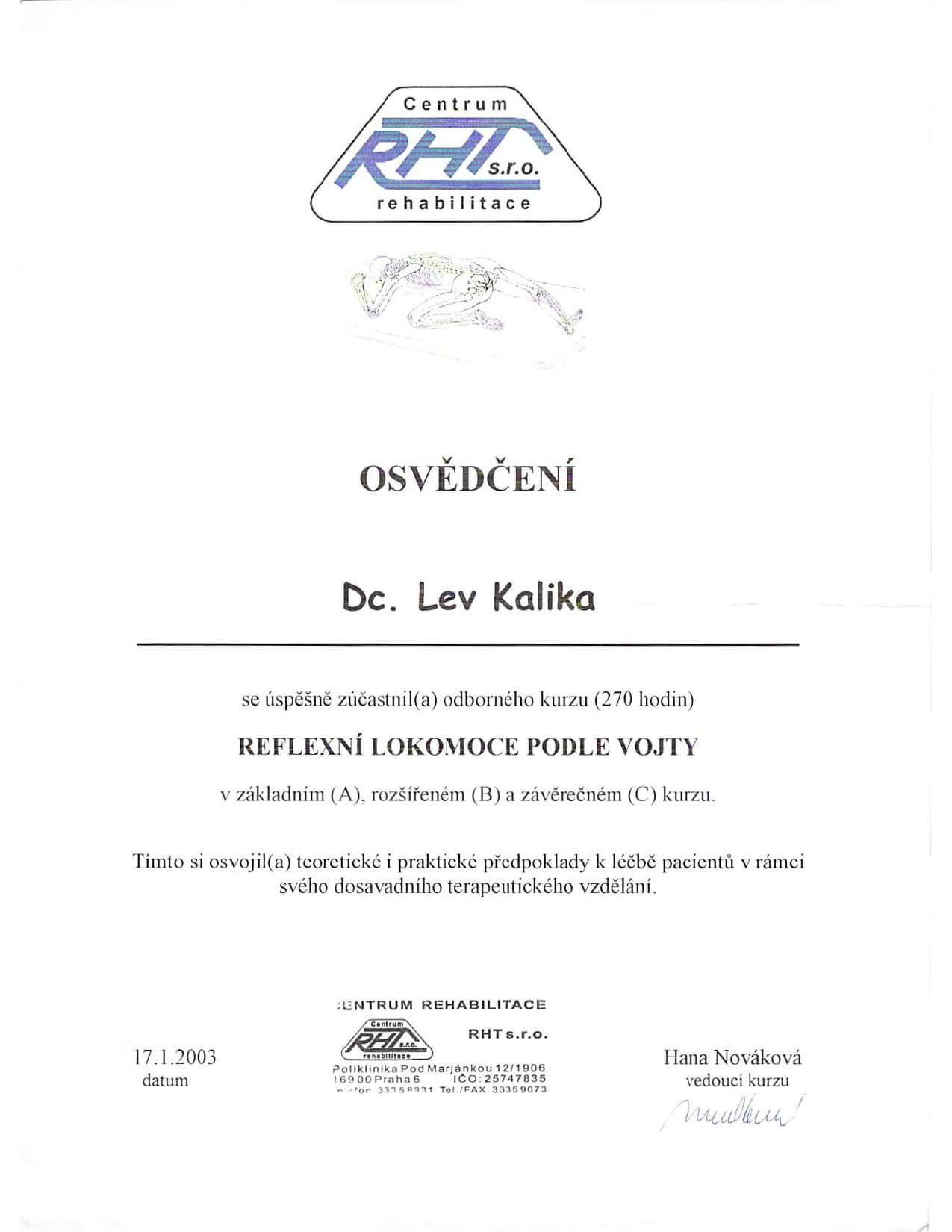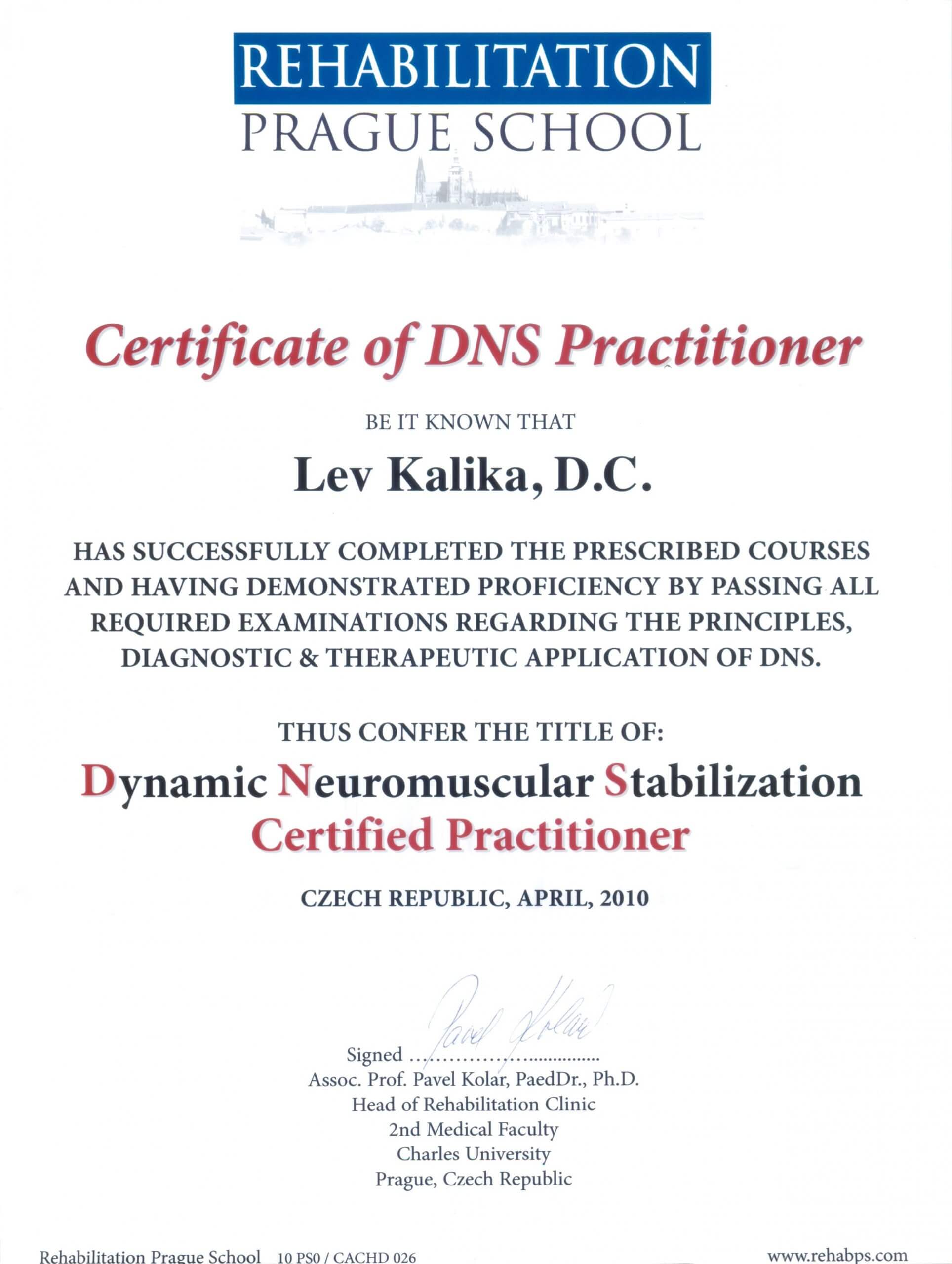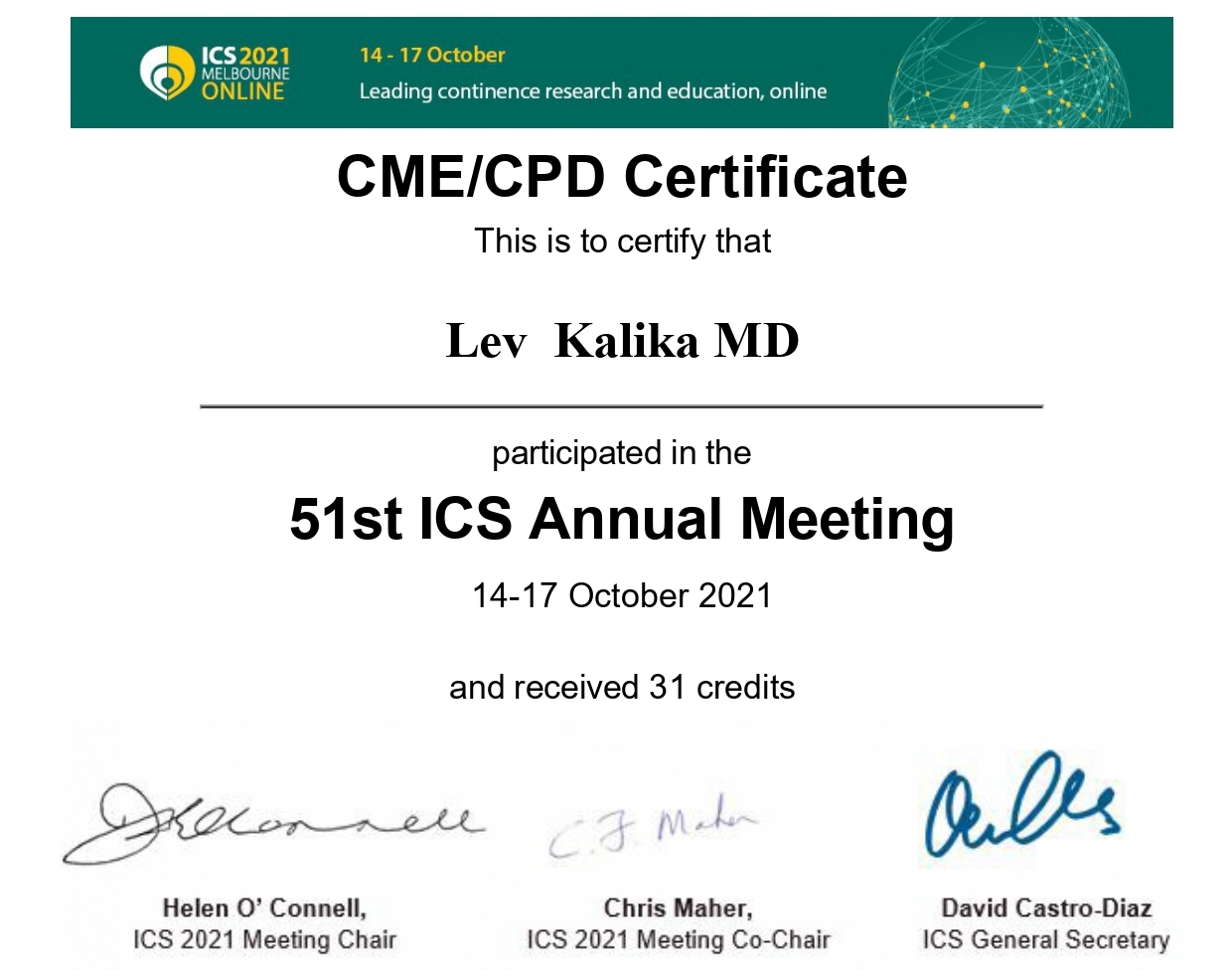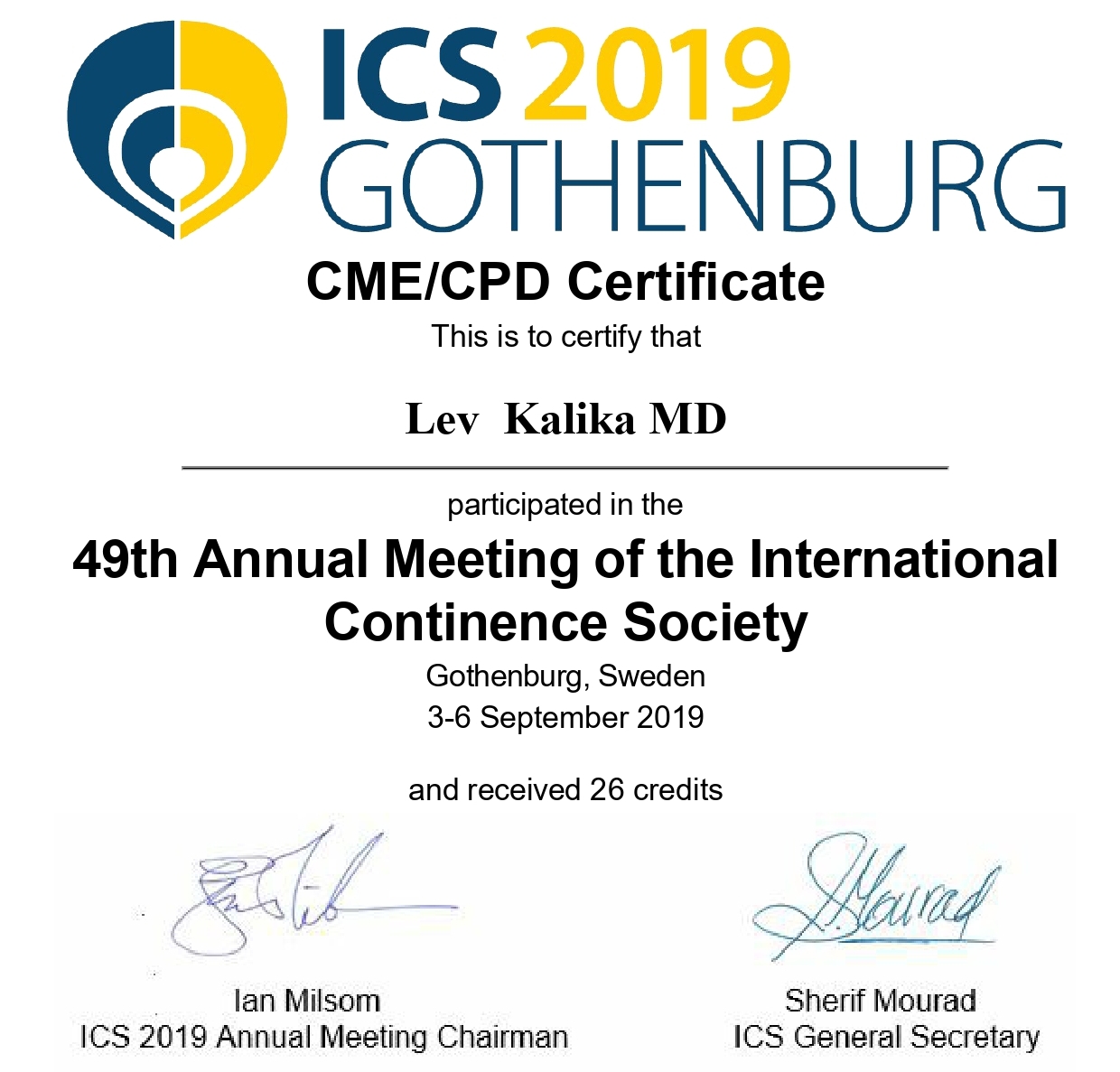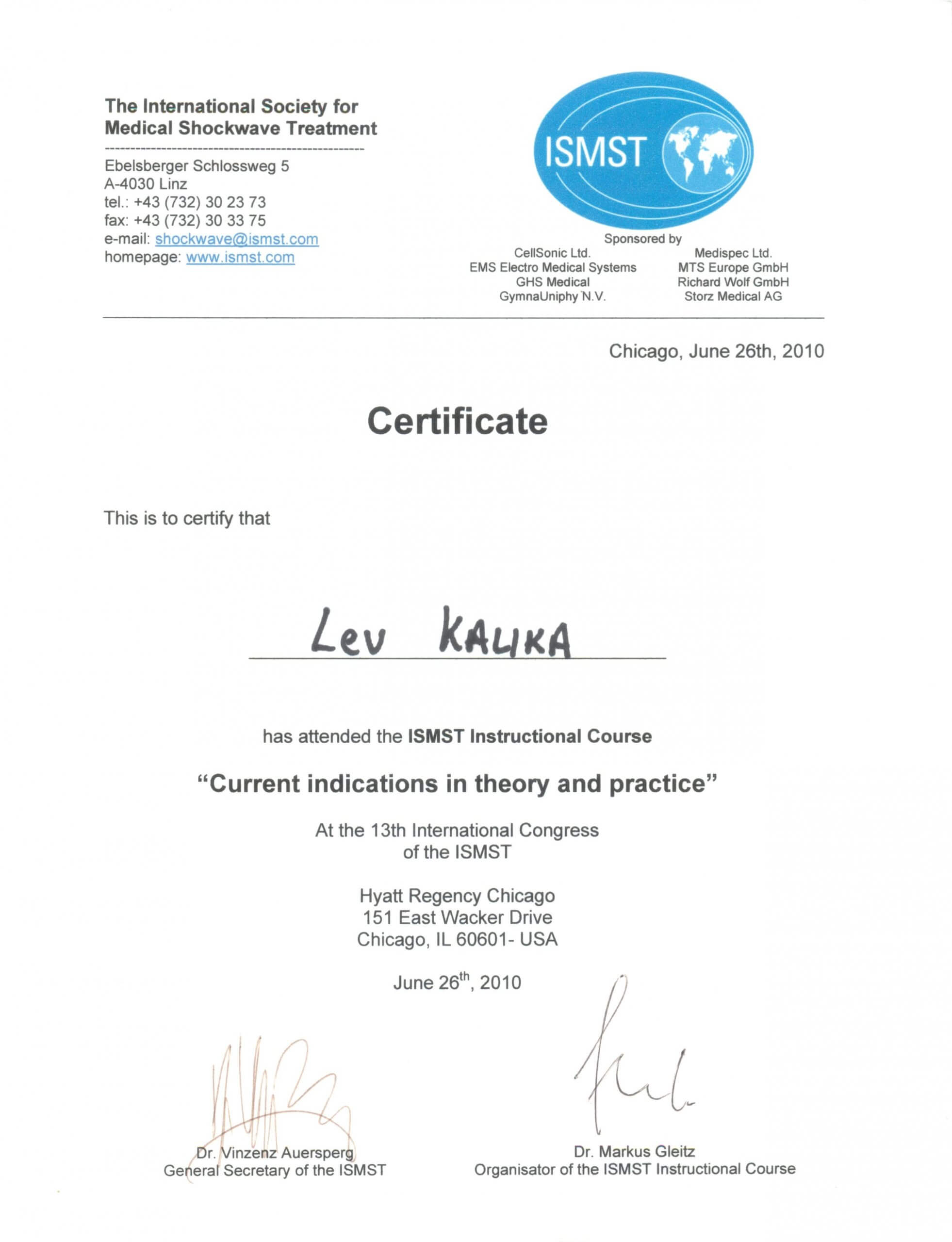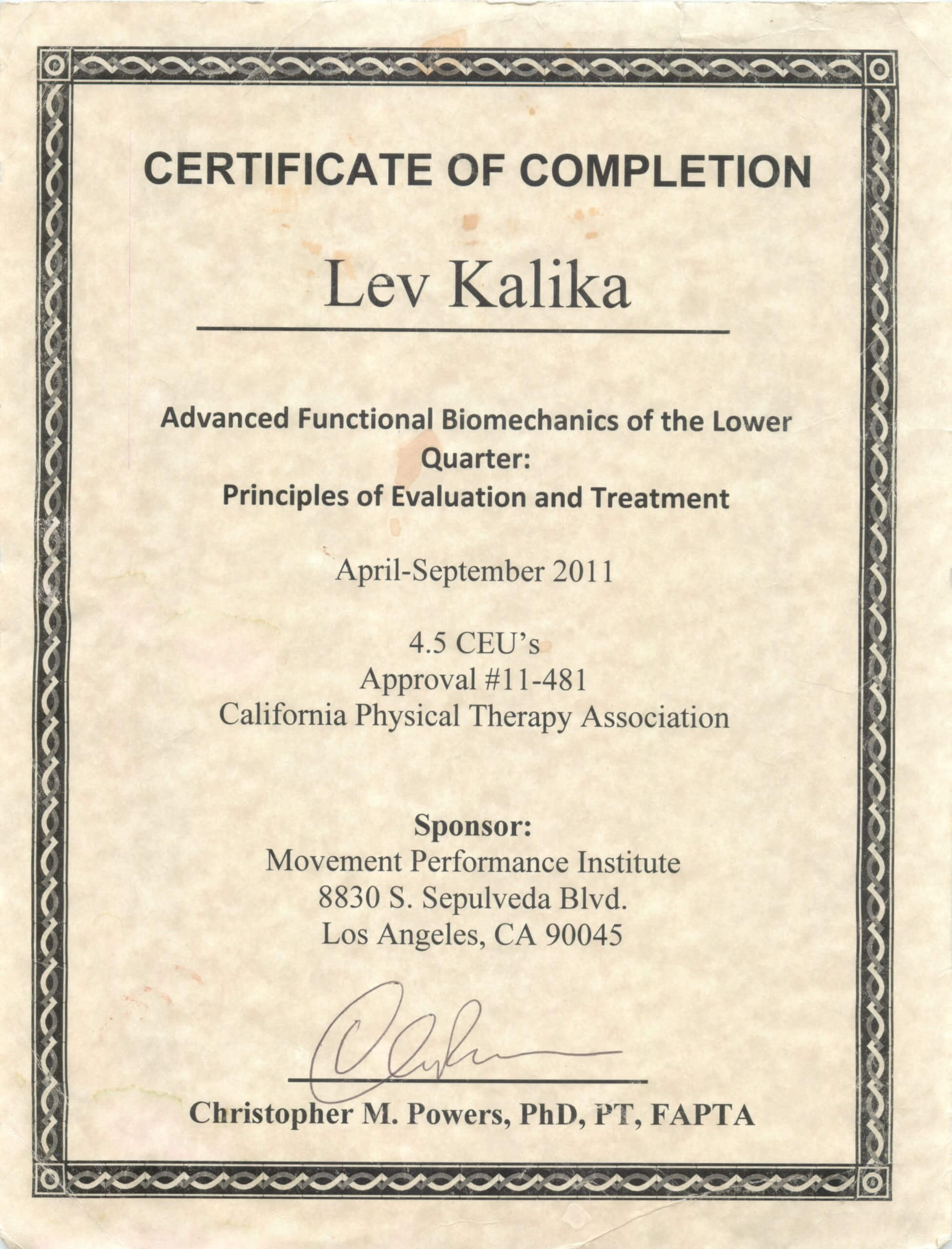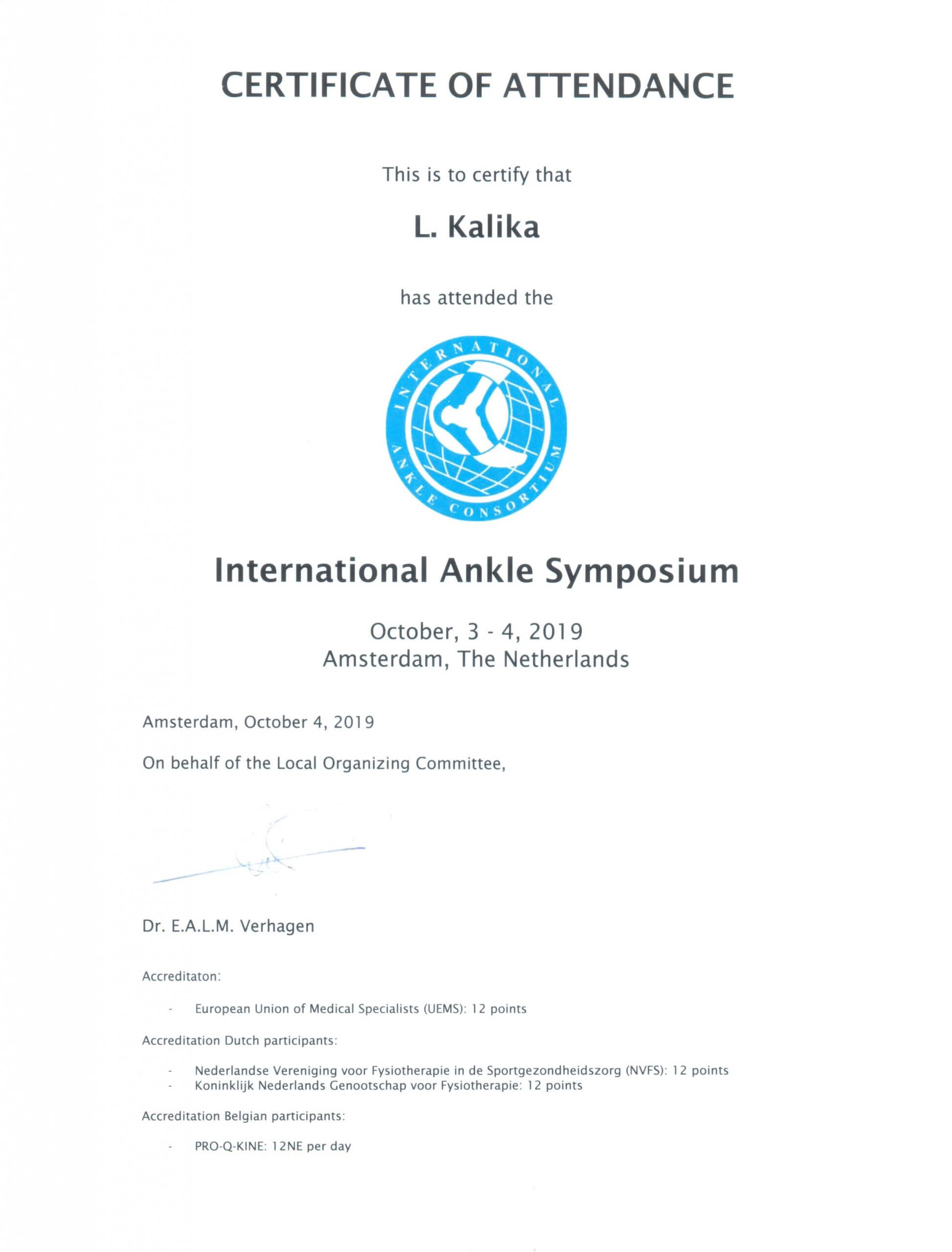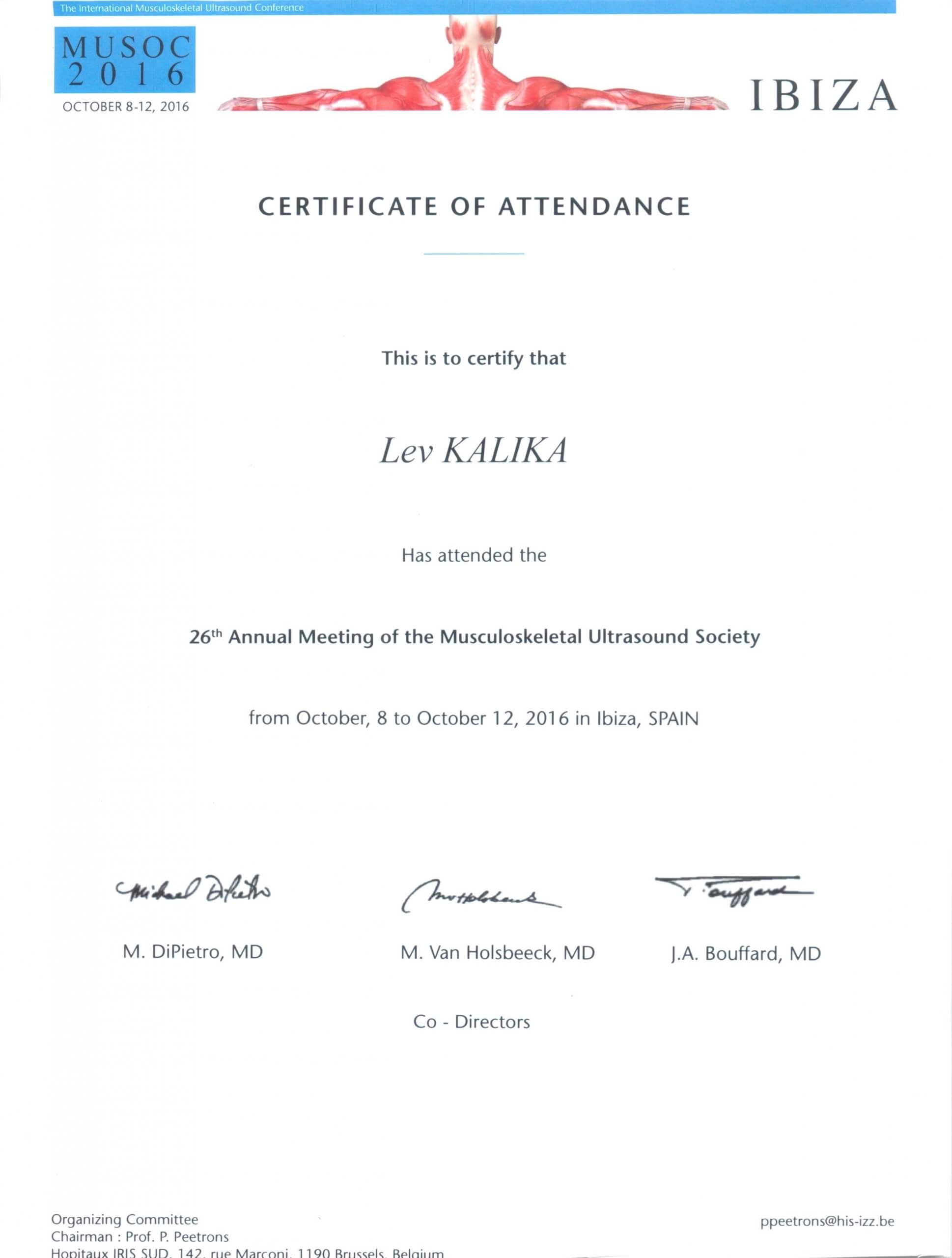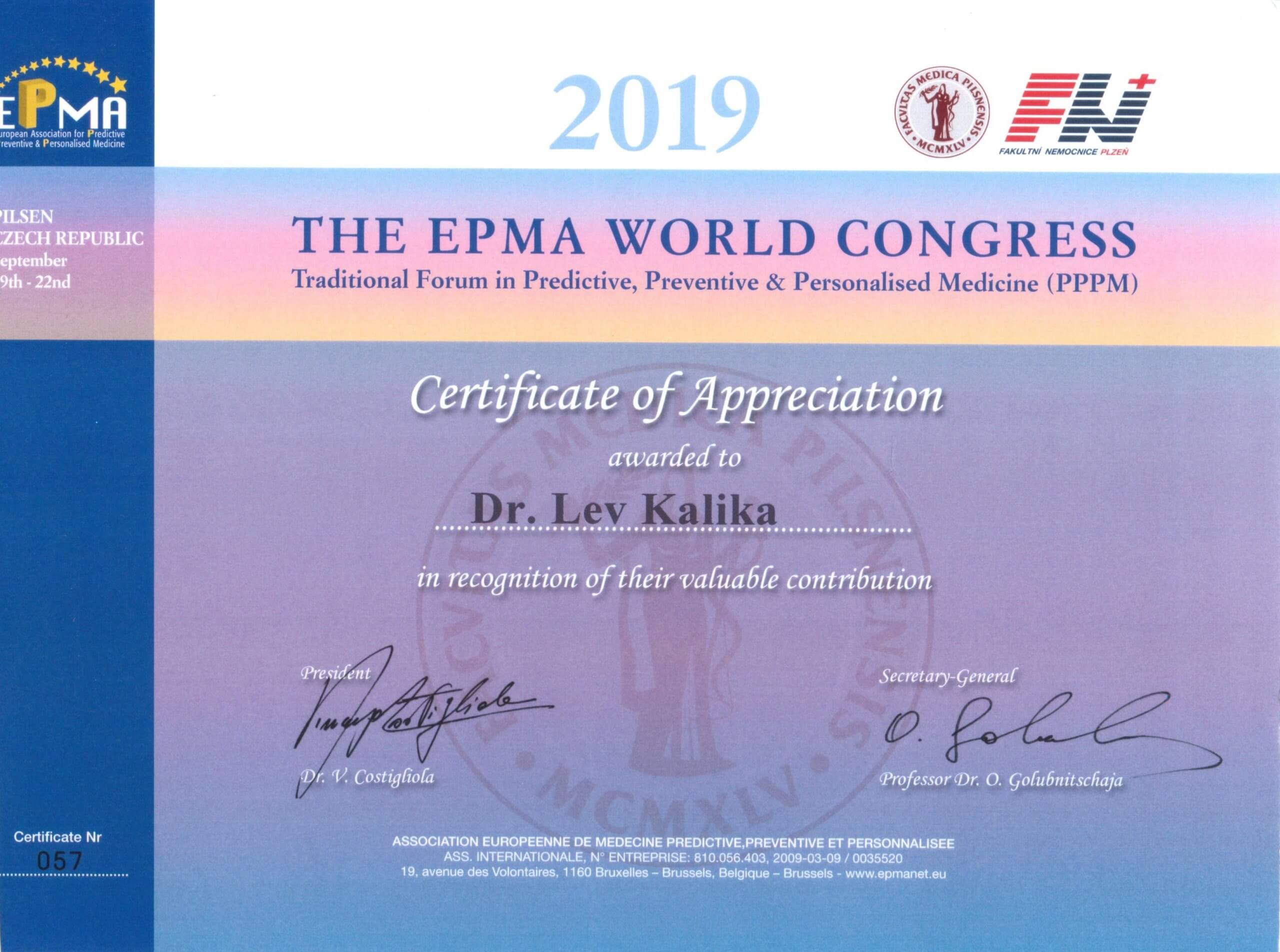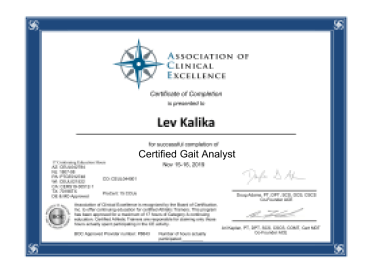Pregnancy is an exciting time, full of anticipation and change. Your growing midsection is a constant reminder of the precious new life you carry, and your maternal hormones are amped up to the max. In the past it was thought that pregnancy was a “delicate condition,” and that nesting mamas should avoid physical exertion at all costs. But we now know that physical activity can be good for both mom and baby.
There are many benefits to exercising during pregnancy, and they far outweigh the risks of being sedentary.
Despite the benefits of exercise, there are always risks with physical activity, and overdoing it can lead to problems. A carefully designed pregnancy exercise program
can reduce your risk of injury while helping you prepare for the next stage of your childbirth journey. A physical therapist who specializes in women’s health can design an exercise routine that takes into account your stage of pregnancy and your individual needs.
In addition to traditional exercises for stretching and strengthening, your physical therapist is uniquely qualified to provide pelvic floor physical therapy. A healthy pelvic floor increases your changes for a successful full-term delivery with minimal risk of tearing or complications. Moreover, a strong and functional pelvic floor helps you recover more quickly after childbirth, so you can enjoy new motherhood to the fullest.
Whether you were already active before you got pregnant or you are an exercise novice, the women’s health specialists at NYDNR can help you make the most of your exercise sessions while keeping you and your baby safe and healthy. Once the baby is born, postpartum care will ensure that your body recovers fully, with minimal complications.
Don’t wait until after your baby is born to get your body back in shape. If you are planning to become pregnant, a physical therapist can help you get ready. If you are already pregnant, your therapist can design exercises to help you look and feel your best throughout your pregnancy. And if your baby is already born, physical therapy can help you recover thoroughly, so you can get back to your active lifestyle as a healthy new mom.




